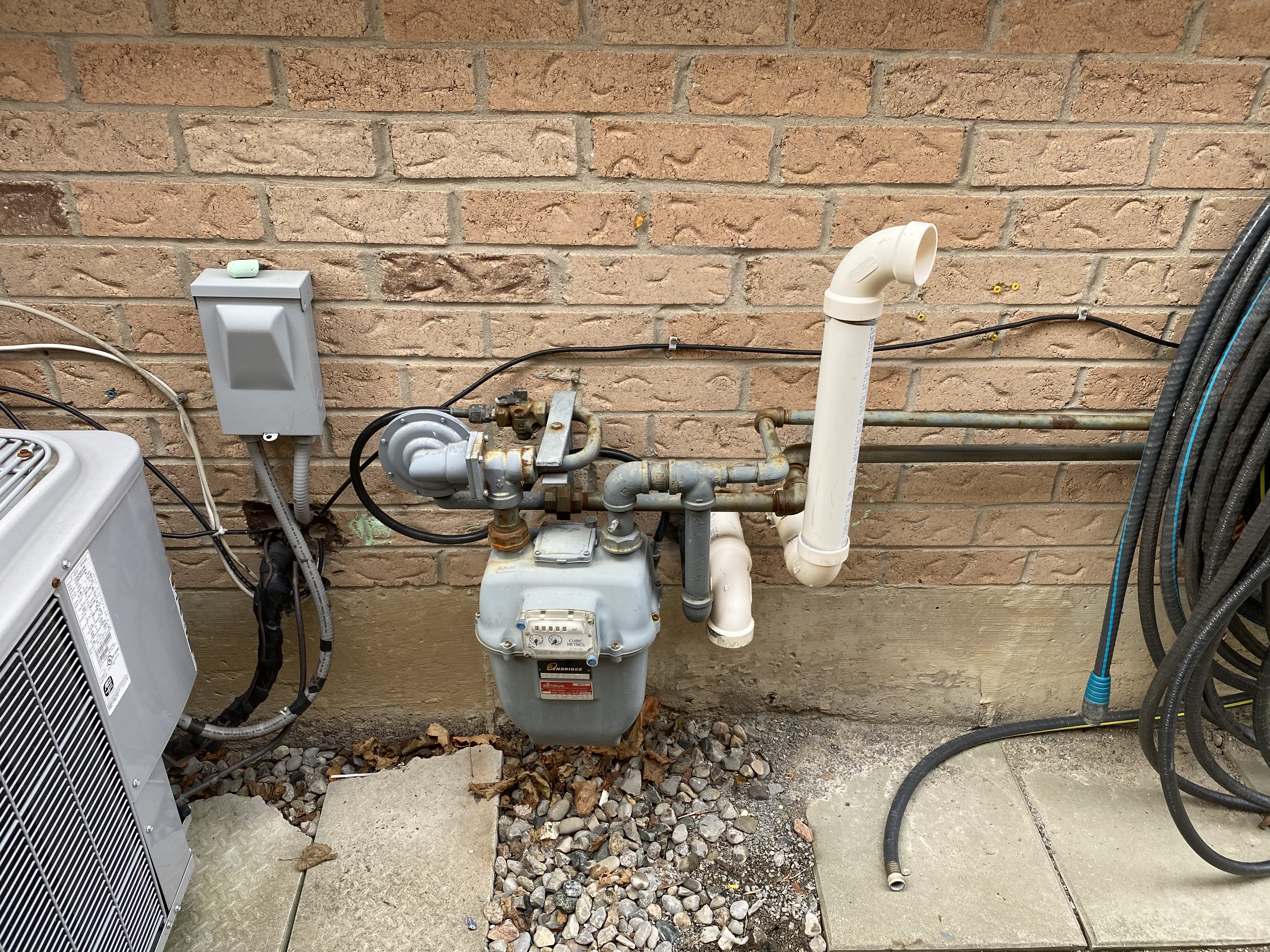contact148
New Member
I have a natural draft tank its dying so I bought a power vent tank which I will install but I have a venting question I have very limited options for where the exhaust will have to go through the wall see pic
I planned on putting it either directly right of my furnace exhaust or to the left of my gas meter Now my gas meter is vented about 12 feet down the wall so I am clear of the meter venting. I made green marks on the brick for approx location I want to run it I plan on extending it up 1 foot to clear the furnace intake

I planned on putting it either directly right of my furnace exhaust or to the left of my gas meter Now my gas meter is vented about 12 feet down the wall so I am clear of the meter venting. I made green marks on the brick for approx location I want to run it I plan on extending it up 1 foot to clear the furnace intake















































![MEISTERFAKTUR drain snake 2.0 [50 FT] - with drill attachment - Ideal plumbing snake for sink and drain unblocking - Solid drain auger for real DYIs! (50 FT - 1/4 inch)](https://m.media-amazon.com/images/I/41VwmTiOsgL._SL500_.jpg)










